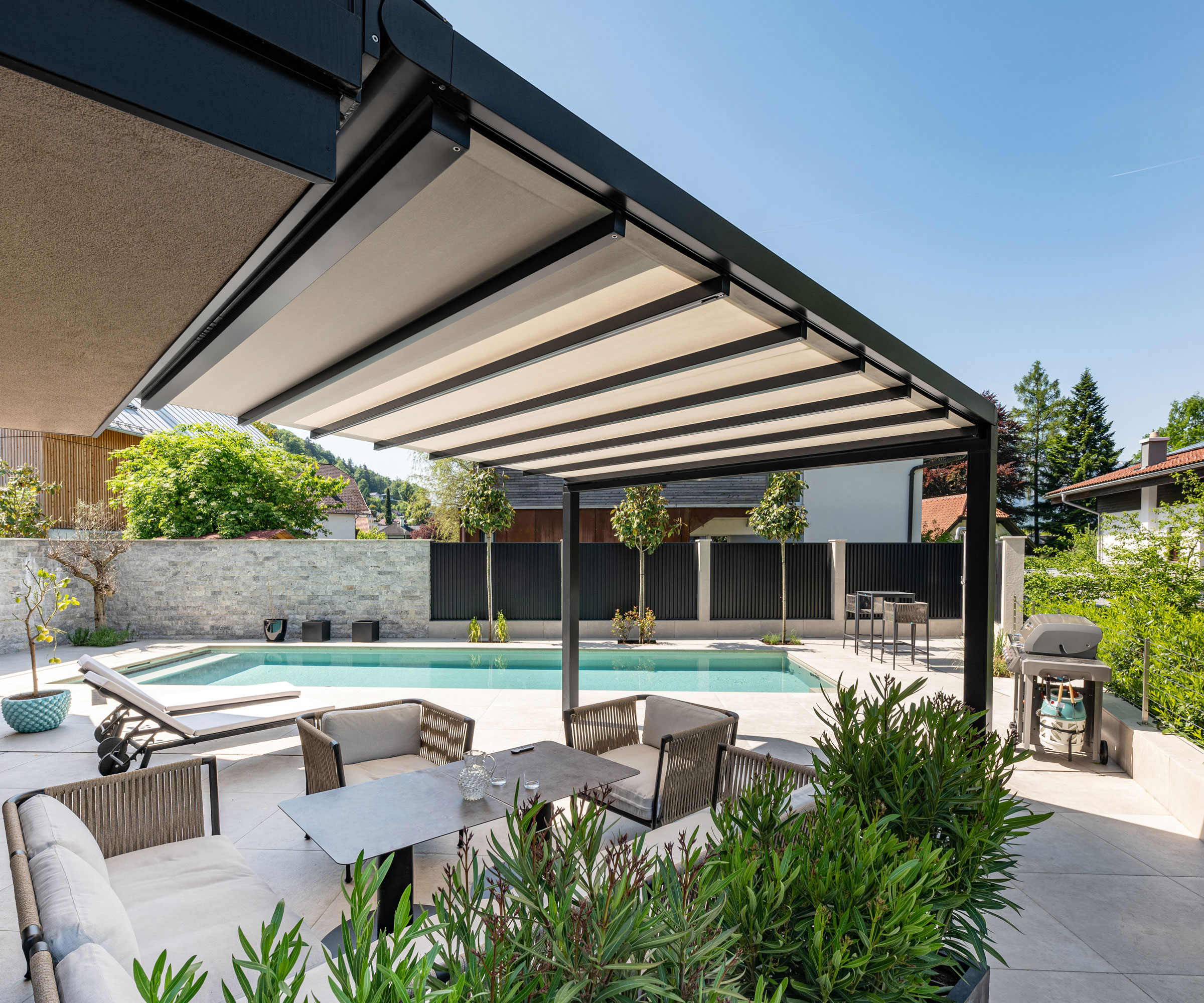Do you need planning permission for a pergola? In some circumstances, yes
Many homeowners fail to realise that their new pergola could need planning permission. We reveal when it does and doesn't require permission

A pergola can transform a garden, but could it land you in planning trouble? Before you grab the drill, it’s worth knowing the rules.
While many homeowners assume pergolas are hassle-free additions, planning consultant Simon Rix reveals otherwise: “It’s a topic that crops up fairly often and is surprisingly nuanced depending on context.”
In most cases, you won’t need planning permission thanks to permitted development rights, which cover many garden structures. But there are some important caveats that you need to understand.

Simon is a seasoned planning consultant with experience on both sides of the planning system, first as a local government officer and councillor in the 1990s, and now as founder of Planix.UK, where he advises homeowners on planning permission for building projects.
How high can a pergola be without planning permission?

Height and size matters when it comes to planning permission for pergolas. Under permitted development rules:
- A pergola within 2 metres of a boundary must be no taller than 2.5 metres
- Further away, it can be up to 4 metres high with a dual-pitched roof, or 3 metres with any other roof
- The pergola must not cover more than half the garden
Simon cautions that “pergolas aren’t specifically mentioned in the planning regulations, so interpretation can vary – always check locally.”
Do you need planning for a lean-to pergola?
If your pergola is attached to the house, it might be treated as an extension or veranda. This means it could fall under different rules (Class A of the General Permitted Development Order), and planning permission may be needed if it:
- Is over 3 metres high
- Projects too far from the rear wall
In these cases, it's best to check with your local planning authority or a consultant.
Bring your dream home to life with expert advice, how to guides and design inspiration. Sign up for our newsletter and get two free tickets to a Homebuilding & Renovating Show near you.
Are there any unusual circumstances where planning permission is needed?
Yes, and they catch many homeowners out. You will likely need planning permission if:
- You live in a listed building (even small structures may require listed building consent)
- You're in a conservation area or Article 4 Direction zone
- You want to build in your front garden
- Your pergola uses lights or affects neighbours’ privacy
Simon explains that even small changes can trigger permission: “If the structure includes screening or lighting that impacts others, planners may take an interest.”
How else can your pergola meet permitted development rights?

To stay within permitted development rights, your pergola needs to follow more than just height and size rules:
- It must serve a use "incidental" to the enjoyment of the home, such as a seating or dining area, not a permanent workspace or bedroom.
- It shouldn’t include raised platforms – decking over 30cm high, for example, could trigger a need for planning permission.
- Use appropriate materials – structures that clash with surrounding buildings or look out of place may attract attention from planners.
As Simon Rix advises: “Applying for a lawful development certificate can confirm your pergola meets the rules and give you peace of mind if any future disputes arise.”
If you're planning to install a pergola, understanding the planning rules upfront can save you time, money and stress.
When in doubt, check with your local authority or a professional planner - pergola regulations can be surprisingly specific.

News Editor Joseph has previously written for Today’s Media and Chambers & Partners, focusing on news for conveyancers and industry professionals. Joseph has just started his own self build project, building his own home on his family’s farm with planning permission for a timber frame, three-bedroom house in a one-acre field. The foundation work has already begun and he hopes to have the home built in the next year. Prior to this he renovated his family's home as well as doing several DIY projects, including installing a shower, building sheds, and livestock fences and shelters for the farm’s animals. Outside of homebuilding, Joseph loves rugby and has written for Rugby World, the world’s largest rugby magazine.
